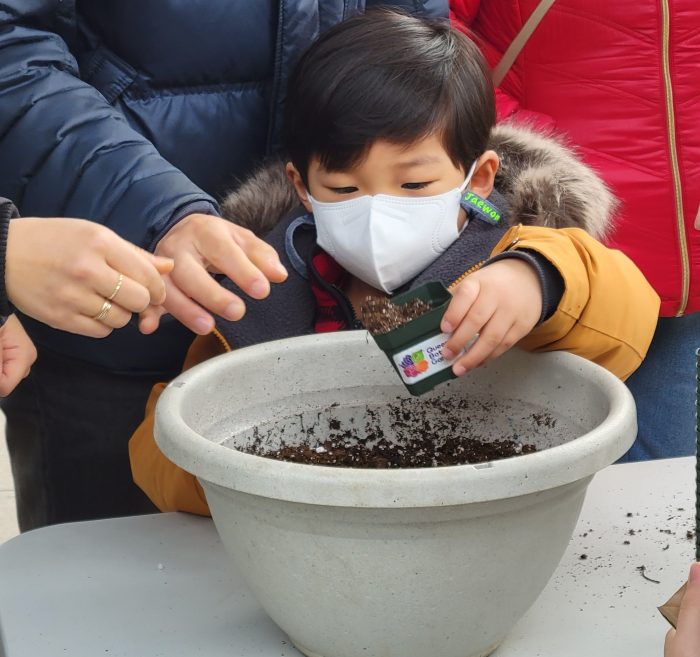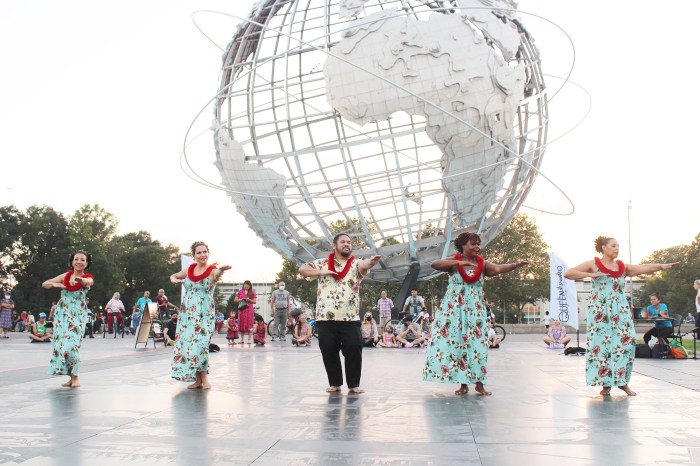A coalition of Flushing business owners joined two local leaders to say the city’s gridlock in not removing barriers on a busy commercial corridor has wreaked havoc on their revenue and has mobbed surrounding streets with more traffic congestion.
“It’s a clear lack of accountability and transparency by city government,” said Assembly hopeful Ron Kim. “The city of New York and Mayor Bloomberg always say that we are a friend to small businesses. This is a clear sign that they’re not.”
Kim and State Senator Toby Ann Stavisky called out the city’s Department of Transportation (DOT) for not telling the public the exact completion date for the agency’s bridge capital improvement project on 149th Street in Flushing.
The project, which Kim said began in March 2010, was slated to be completed in January 2011. Later that year in June, Kim said the city agency opened up the pedestrian sidewalk but failed to remove the concrete walls and orange barrel barriers that close off the main street from through traffic.
According to a spokesperson for the DOT, “the bridge will not be opened to vehicular traffic until work is complete and is currently open to pedestrian traffic at the community’s request.”
But Kim said the project’s completion was obvious.
“All they have to do is bring a truck and lift everything up and clear the road. That’s it,” said Kim, who is running for election in the Assembly 40th race to replace current Assemblymember Grace Meng. “They kept stalling. Enough is enough. Let’s get this road open, so small businesses can survive.”
A city sign posted above the barriers near Roosevelt Avenue and Barclay Avenue was put up to inform the public of the project’s completion, Kim said, but that date had been scratched out. Kim said he also heard rumors of possible contract work not being properly negotiated.
The bridge, which has been closed for more than a year, serves a large Korean residential and business community, Kim said. The barriers, he said, deprive more than 20 local businesses of “much-needed visibility” when customers decide to shop elsewhere rather than venture into the neighborhood inflamed with traffic.
Kim claimed the agency said it received no complaints from small businesses.
Meanwhile, Kim and Stavisky said they collected 16 petitions in 30 minutes from local business owners who say their revenue has gone down by up to 20 percent.
Yang Yong Yi, an employee at local Korean restaurant Hahm Ji Bach, said she has visually noticed a drop in customers, as well as several car accidents caused by the swelling of traffic.
“It’s been closed for so long. We have to open it,” said Yi, 53. “There are too many problems with everyone going around [the closed off street].”

































